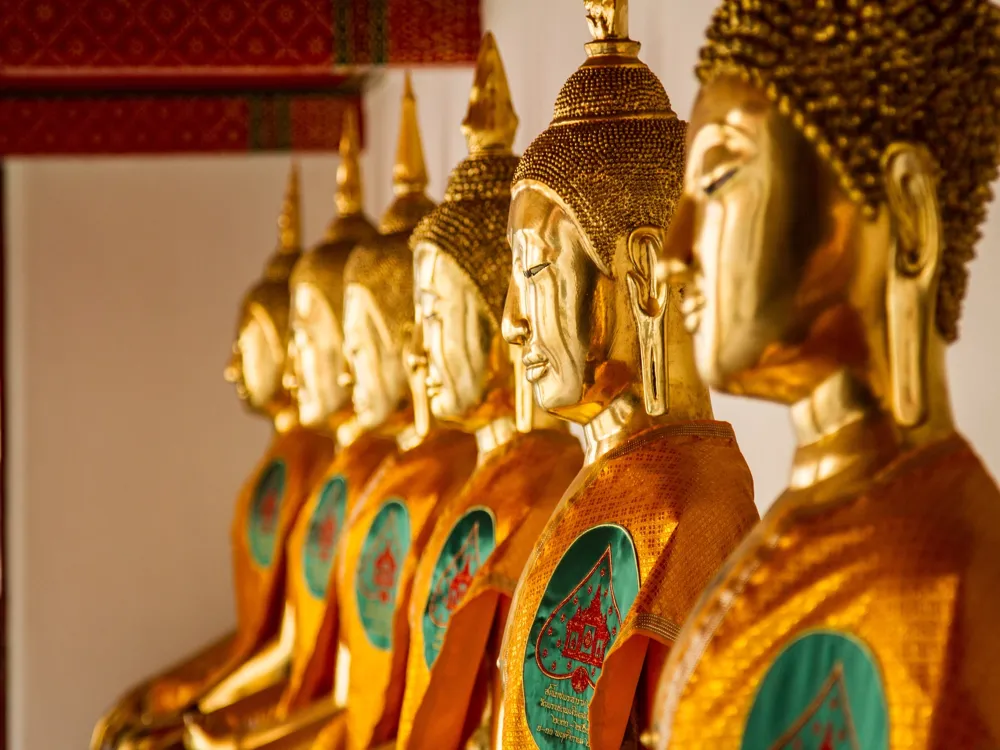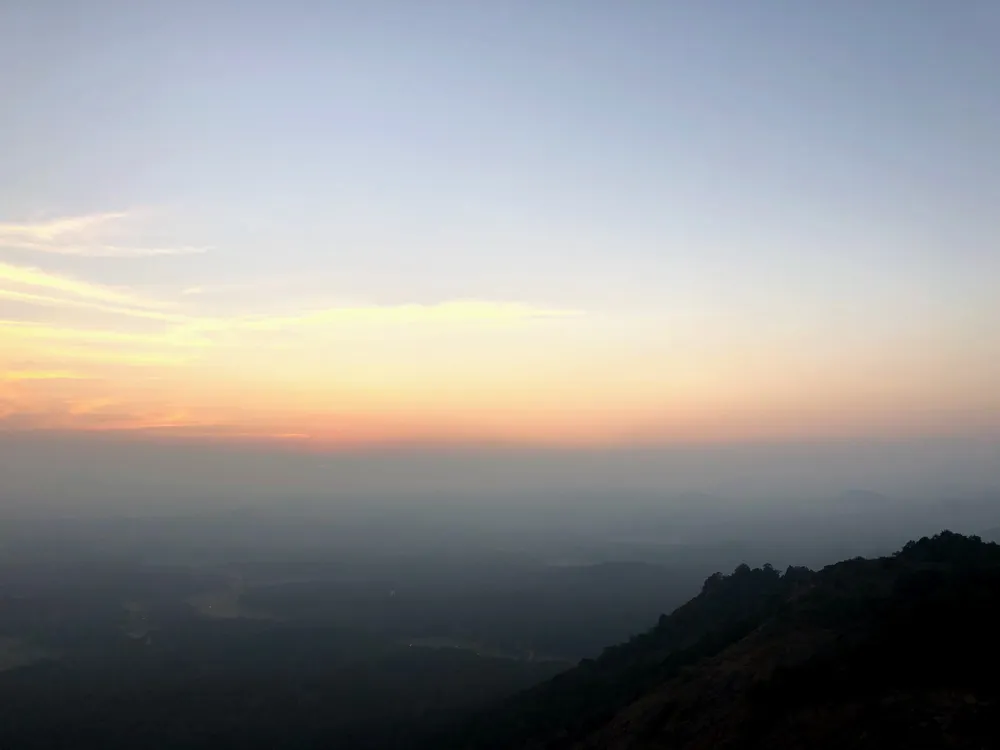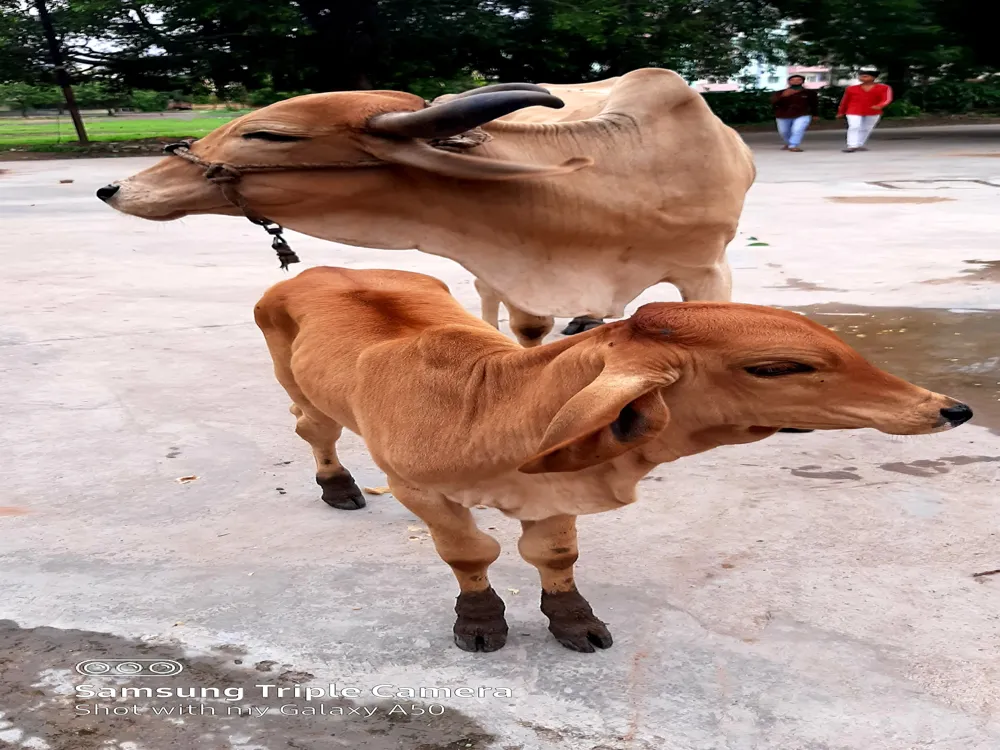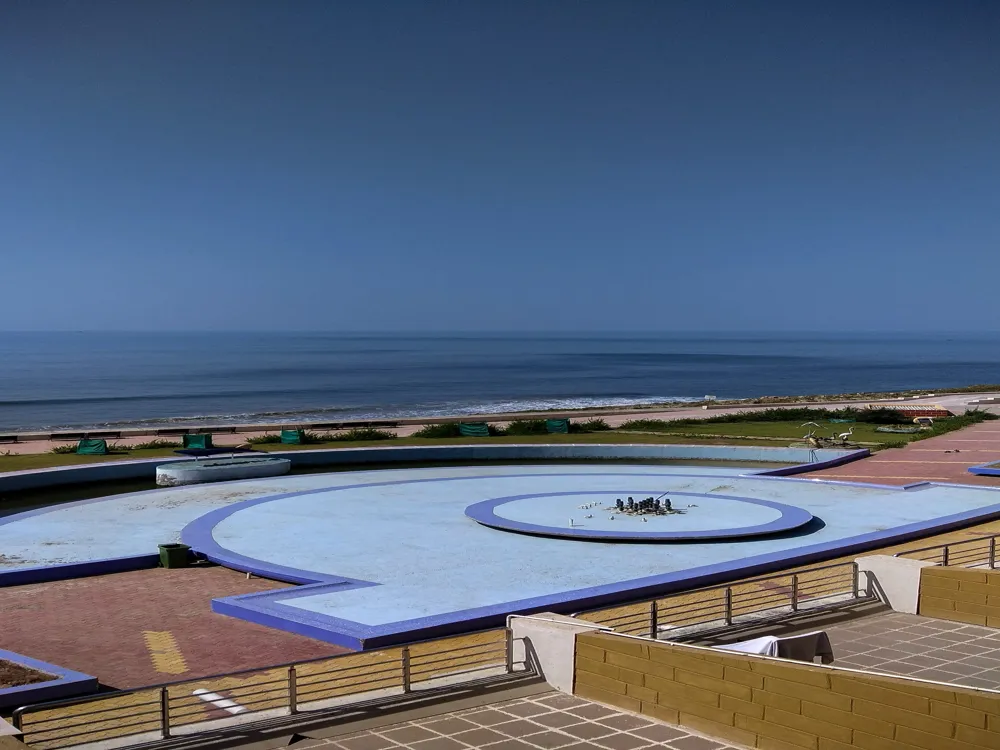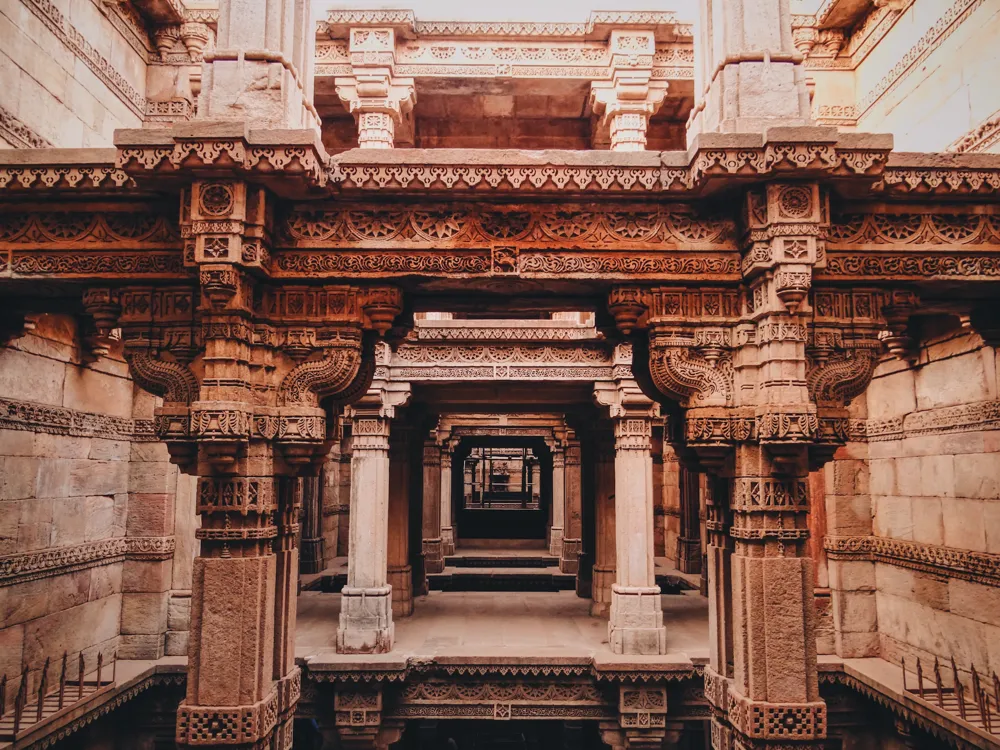Girnar Hill, located in the vibrant state of Gujarat, India, is not just a hill but a symbol of history, spirituality, and natural beauty. Rising above the city of Junagadh, this ancient hill has been a witness to Gujarat's long and diverse history. It's more than just a tourist destination; it's a pilgrimage for both Hindus and Jains, showcasing an amalgamation of cultural and religious significance. The history of Girnar Hill dates back to the Vedas and Puranas, making it a site of immense historical value. It's believed that this hill was once visited by the Pandavas during their exile and has been a revered site since. The hill's landscape is a mosaic of rugged terrains, lush greenery, and cascading waterfalls, making it a paradise for nature lovers and trekkers alike. Girnar Hill is also home to several temples and religious sites, each narrating its own tale of spiritual significance and architectural grandeur. The Jain temples at Girnar, known for their intricate carvings and sacred ambiance, are a major draw for pilgrims and tourists. The presence of the Girnar Parikrama, an annual religious walk, adds to the hill's spiritual aura, drawing thousands of devotees each year. Apart from its religious significance, Girnar Hill offers breathtaking views of the surrounding landscape. The journey to the top of the hill, though challenging, is an experience in itself, with the promise of a panoramic view of the city of Junagadh and the nearby areas. The hill's rich flora and fauna add to its charm, making it a must-visit for nature enthusiasts. The architectural brilliance of Girnar Hill is a testament to its historical and cultural significance. The hill is dotted with numerous temples, gates, and holy sites, each representing a unique architectural style. The Jain temples, in particular, are renowned for their intricate marble carvings and detailed sculptures that reflect the artistic prowess of the ancient craftsmen. One of the architectural highlights of Girnar Hill is the complex of Jain temples. These temples, dating back to the 12th century, are an excellent example of Nagar style architecture. The temples are adorned with detailed carvings of Tirthankaras, deities, and mythological figures, showcasing the rich Jain mythology and iconography. The main temple, dedicated to Lord Neminath, the 22nd Tirthankara, is a masterpiece of marble, with its intricate carvings and serene ambiance. Apart from the Jain temples, Girnar Hill is also home to several Hindu temples. The most famous among these is the Ambaji Temple, dedicated to Goddess Amba, an incarnation of the Divine Mother. The temple, with its simple yet elegant architecture, offers a peaceful retreat to devotees. The intricate carvings and sculptures on the temple walls narrate tales from Hindu mythology, adding to its spiritual ambiance. The architectural journey of Girnar Hill is not just limited to its temples. The hill is also known for its historical gates, like the Atta Gate, which stands as a symbol of the region's rich history. These gates, some of which date back to the 15th century, were part of the fortifications that protected the temples and the city. The blend of Hindu and Jain architectural elements in these gates reflects the religious harmony that has been a hallmark of Girnar Hill. The architectural marvels of Girnar Hill are not just about ancient temples and gates; they also include water reservoirs, rock inscriptions, and ancient footprints believed to belong to various gods and saints. These elements add layers of history and mythology to the hill's architectural narrative, making it a fascinating destination for history buffs and spiritual seekers alike. Given the hill's rugged terrain and the long trek to the top, it's essential to wear comfortable footwear and carry water and light snacks. The weather can be unpredictable, so carrying a light jacket or raincoat is advisable. Girnar Hill is a revered religious site, so it's important to dress modestly and maintain decorum. Photography might be restricted in certain areas, so it's best to check with local authorities or guides. The climb can be strenuous, so it's crucial to stay hydrated. There are several stalls along the way where you can buy water and snacks, but it's always good to carry your own. For a more enriching experience, consider hiring a local guide. They can provide valuable insights into the hill's history, architecture, and mythology. Visiting during the Girnar Parikrama or other festivals can be a unique experience. However, it's also the busiest time, so plan accordingly. Girnar Hill is well-connected by road, rail, and air. The nearest airport is in Rajkot, which is about 110 km away. From Rajkot, you can hire a taxi or take a bus to Junagadh. Junagadh itself has a railway station that is well-connected to major cities in Gujarat and other parts of India. For those preferring to travel by road, Junagadh is accessible via national and state highways from various parts of Gujarat. Once in Junagadh, Girnar Hill is easily reachable by local transport options like buses, auto-rickshaws, and taxis. Read More:Overview of Girnar Hill, Junagadh, Gujarat
Architecture of Girnar Hill
Tips When Visiting Girnar Hill
Pack Appropriately
Respect the Sanctity of the Place
Stay Hydrated and Energized
Hire a Guide
Plan Your Visit During Festivals
How To Reach Girnar Hill
Girnar Hill
Junagadh
Gujarat
NaN onwards
View junagadh Packages
Junagadh Travel Packages
View All Packages For Junagadh
Top Hotel Collections for Junagadh

Private Pool

Luxury Hotels

5-Star Hotels

Pet Friendly
Top Hotels Near Junagadh
Other Top Ranking Places In Junagadh
View All Places To Visit In junagadh
View junagadh Packages
Junagadh Travel Packages
View All Packages For Junagadh
Top Hotel Collections for Junagadh

Private Pool

Luxury Hotels

5-Star Hotels

Pet Friendly








